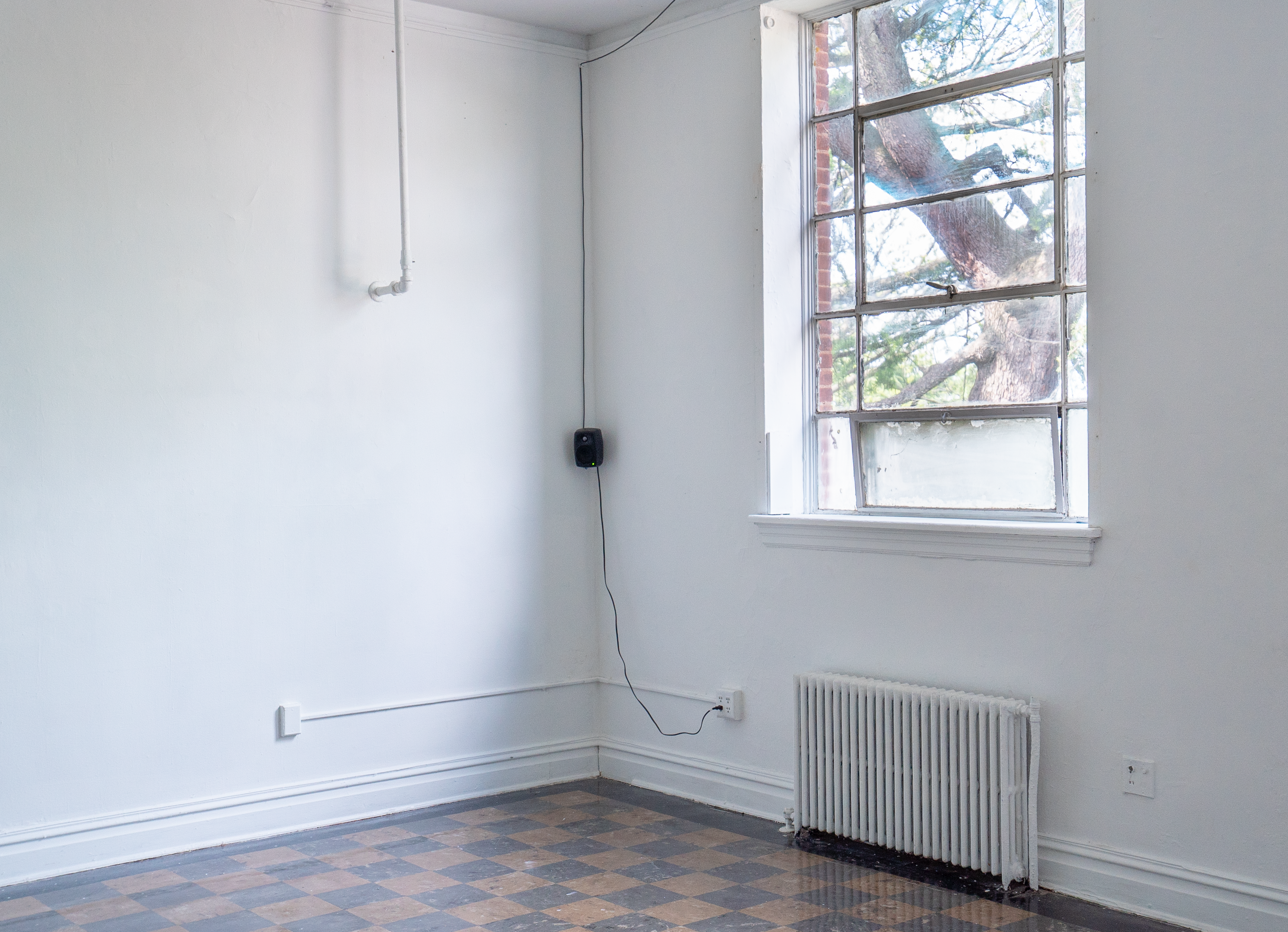performing ourselves
publication
edition of 25 printed in March 2021
movement
by Lucia Biondi and Teddy Tedholm.Their improvisation is based on movement scores in the above book. The scores were made from writing and plotting data from my own body. The movements of Teddy and Lucia were processed into lines and points and plotted to produce graphical scores for sound.






score 1
score 2
score 3
score 4
score 1
![]()
score 2

score 3

score 4

graphic scores and sound
Scores created by plotting data from motion capture of improvised body movement, interpreting the above movement scores. Sound performed by Steven Ashby, Eric Eckhart, and me. Mix and mastering by me.
how to play the scores

score 1

score 2

score 3

score 4

performance
Movement performed by Tamara Denson to score 3 and score 4.
Scores were selected based on how she was feeling before each performance. The improvised
movement is created by hearing sounds (generated from data from other dancers) and by seeing the score for movement.
score 3

score 4

documentation
Sound installation: ambisonic set mixed for 7.1 speaker system. Ambisonic is an ideal way to
display sound because it embodies the multiplicity inherent to understanding gender politics, just as ambisonic installations do. There is
flexibility for change in a perpetual reorientation of the self/speaker array in response to people, things, and space. The person is the same, the audio input is the same, but the physical expression changes everything (i.e., moving from private headphone space to multi-channel loudspeaker array in a gallery space).
![]()
ex. of interface on how to change orientation of audio based on orientation of person or things in space
Sound installation: ambisonic set mixed for 7.1 speaker system. Ambisonic is an ideal way to
display sound because it embodies the multiplicity inherent to understanding gender politics, just as ambisonic installations do. There is
flexibility for change in a perpetual reorientation of the self/speaker array in response to people, things, and space. The person is the same, the audio input is the same, but the physical expression changes everything (i.e., moving from private headphone space to multi-channel loudspeaker array in a gallery space).

ex. of interface on how to change orientation of audio based on orientation of person or things in space











